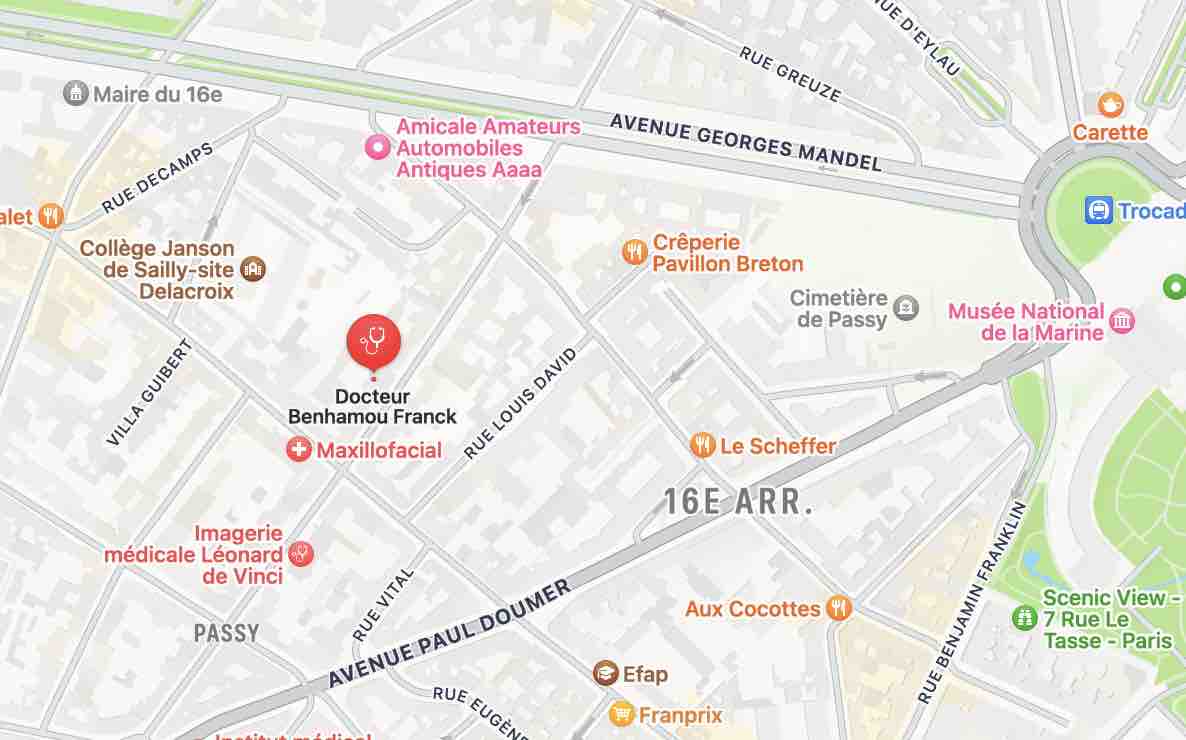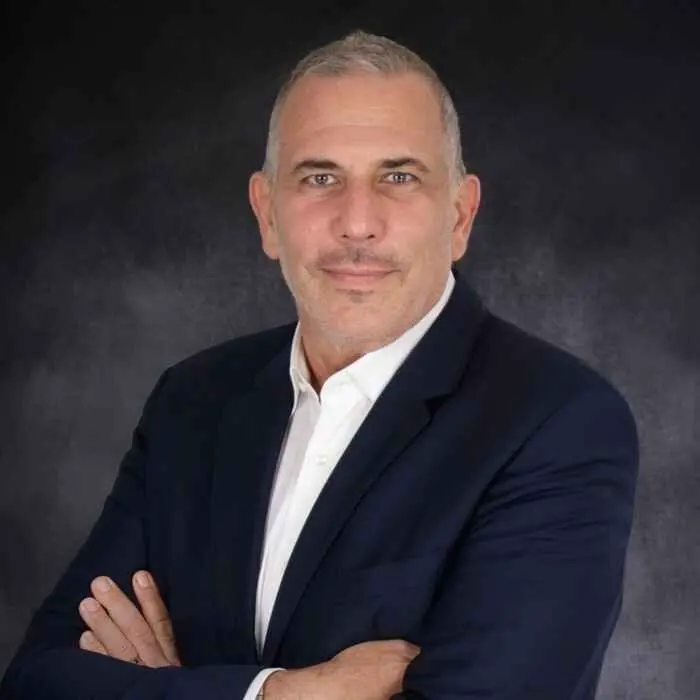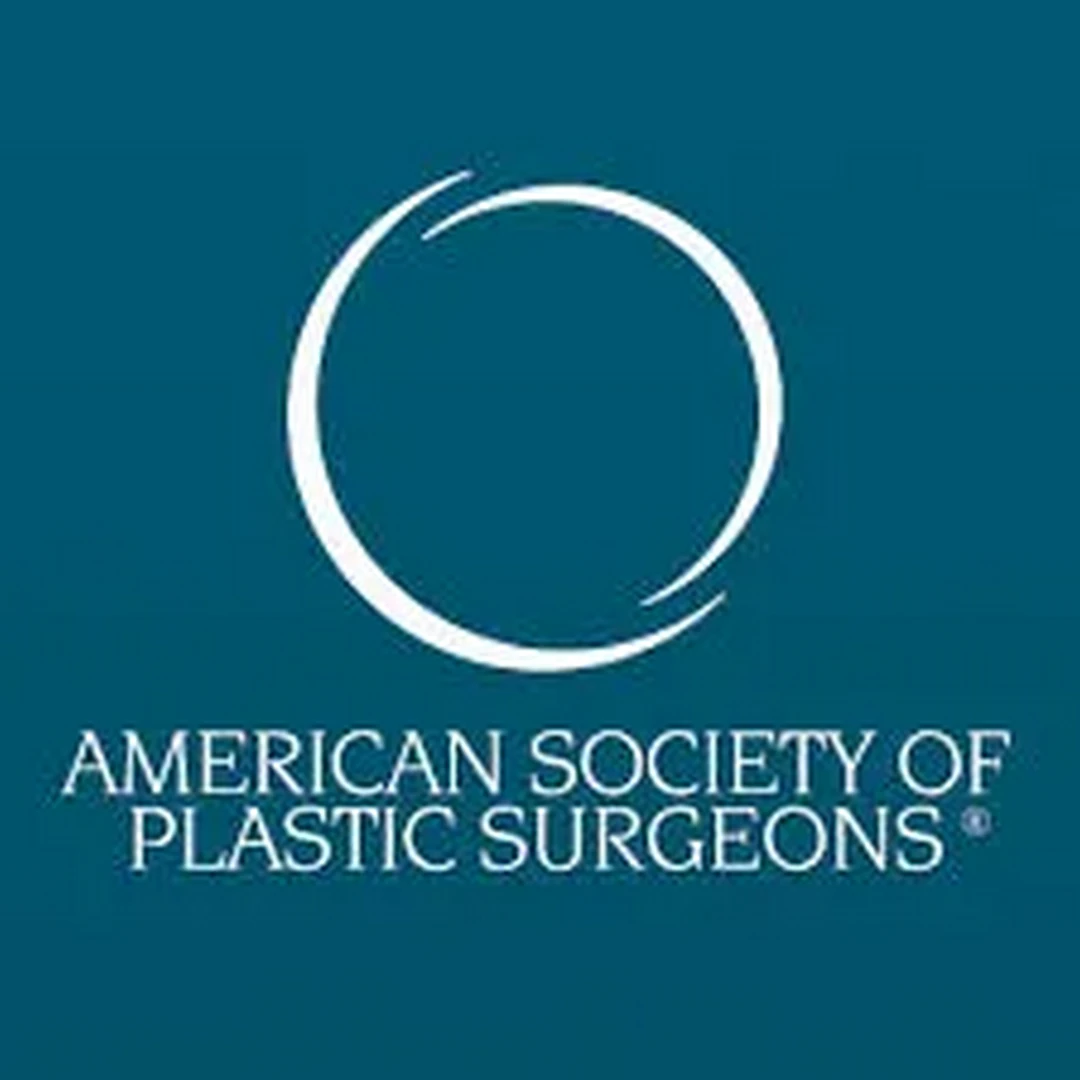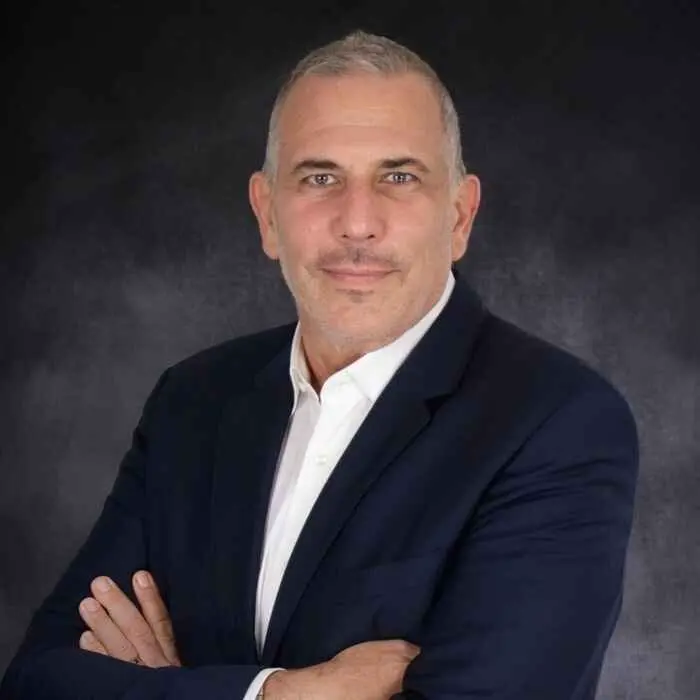- En /
- Aesthetic surgery /
- Abdominoplasty
ABDOMINOPLASTY
- Written by Dr. Franck Benhamou
- Publication date 21 novembre 2024
- Updated date 14 octobre 2025
The Surgery of Abdominoplasty
This intervention is meant to reduce the skin and fat of the damaged abdominal wall and redesign the abdomen with the sane skin of the periphery. If necessary a liposuction of excess fat is performed as well as a tightening of loose muscles.
The causes of the stretching are many, but, most often it is the result of multiple pregnancies causing vergetures and loosening of the abdominal wall, it may be caused also by an alternation of diets and weight gain.
Several parameters have to be taken into account :
- − The importance of the fat pads.
- − Condition of the skin.
- − Condition of abdominal muscles.
- − The patient’s morphology.
Each time lesions on the skin occur accompanied by important stretching, a liposuction alone is not sufficient and abdominal plasty is necessary.
For some cases, the intervention will be performed in two steps so that the initial scar may be less important. The second step will take place 12 months after first surgery, under local or general anesthesia.
A pre-op evaluation is necessary before surgery with, sometimes, an abdominal echography.
Classical general anesthesia is most often performed. An anaesthetist doctor must be consulted at least 48 hours before surgery.
A one day hospitalization (or two) is usually sufficient.
About the surgery of Abdominoplasty:
The operation may last from one to two hours if a complementary associated surgery act is necessary.
The scare is usually located above the pubic hair and, according to the importance of the intervention, it may go until the sides. Ablation of the skin flap located between umbilicus and pubis.
The liposuction of excess fat is sometimes necessary.
If necessary, stretched muscles a retightened. Finally, the under sane skin is re-draped downward with re-positioning of the umbilicus.
A modeling dressing is placed at the end of intervention.
So that blood and collected secretions may be evacuated, it is usual to leave a drain (Redon drainage) until the day after surgery.
Post surgery effects
This type of surgery usually is not painful.
After 24 to 48 hours, the first dressing is removed and replaced by a girdle giving a good support.
Ecchymosis will fade away within one to two weeks. Wearing a support garment 24 hours a day is necessary during the four first weeks.
A convalescence of two to three weeks is to be considered and it is not recommended to practice any sport activity before complete closing up, that is to say about one month after surgery. (When muscular rebuilding is performed it is better to wait three months).
Results can be quickly appreciated ; for final results a year after surgery is necessary for the fading away of the scare. However, the new figure will be visible after six months.
Complications
After any kind of surgery, complications may occur, some due to the medical and / or cosmetic act itself, others particular to abdominoplasty.
Good security practices can limit risks but do not suppress them.
Some risks, very exceptional hopefully, cannot be anticipated and may endanger the vital or functional prognosis (emboly, paralysis, septicemy…). Anesthesia carries its own complications which will be explained to you when you meet with the anesthetist doctor.
Risks specific to abdominoplasty:
Even if the post surgery effects are usually very simple, some of the possible complications linked to abdominoplasty must be known :
Bad evolution of scars: it is normal that scars get thicker and redder during the first months. This aspect, linked to the inflammatory reaction of any closing up, takes twelve to eighteen month to get better and stabilize. Closing up may follow an abnormal evolution with thickening and swelling going on over a year. We speak of hypertrophic, even cheloid scars (they occur more often on black skins). They may occur in an unpredictable fashion and require specific treatment. It must be known that scars usually fade away and get less visible but don’t disappear.
Infection: most often contamination of a wound, scar or drain opening is not serious. Very scarcely are antibiotics necessary, but infection can be treated with frequent dressings.
Haematoma: post surgery bleeding is almost unavoidable and gives way to ecchymosis (bruises) on the skin for one to two weeks. It may cause an haematoma with swelling and painful tightening. Sometimes there is a need for additional intervention to evacuate the haematoma and treat its causes. If bleeding is important, a blood transfusion may be necessary.
Alteration of abdominal sensitivity mostly in the under-umbilicus area. Sensitivity will come back usually after 3 to 12 months.
Necrosis: very scarce, usually limited and localised. It is the lost of a more or less large skin zone that can affect cosmetics results. Tobacco smoking may be aggravating. This is why it is most recommended to stop smoking at least three weeks before and after surgery. In case of necrosis, an additional complementary surgical act may be necessary afterward (one year).
Thromboembolic accidents (phlebitis, pulmonary emboly) are very scarce when preventive measures (compression stockings, anticoagulant treatment, quick getting up) are taken.
Lymph outpouring: it can occur on the eighth day after surgery and may be treated by drainage.







